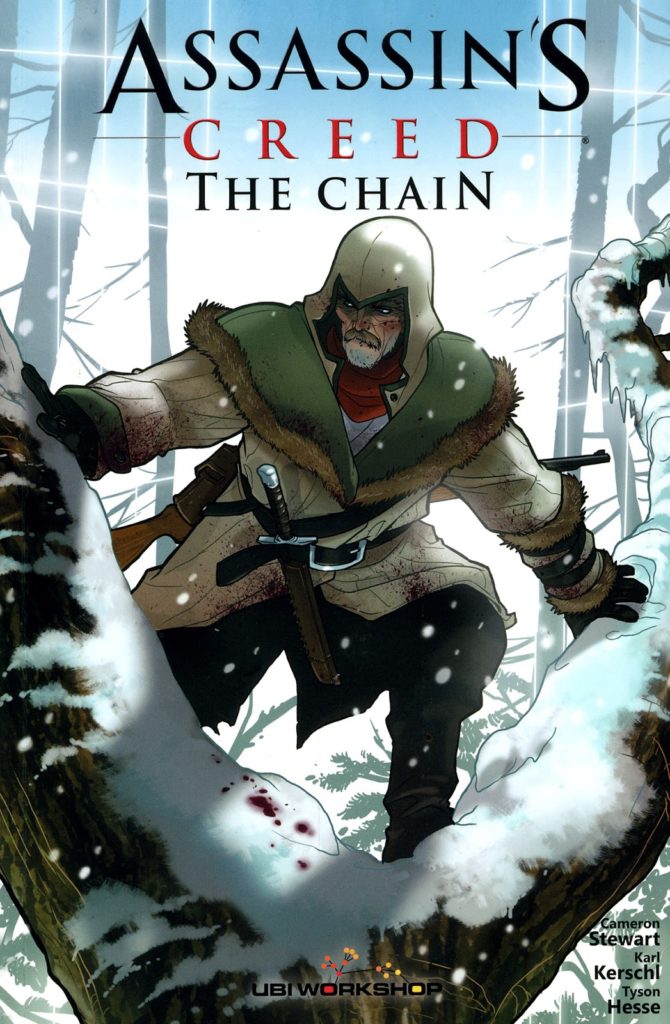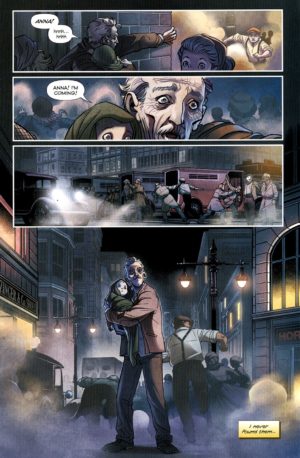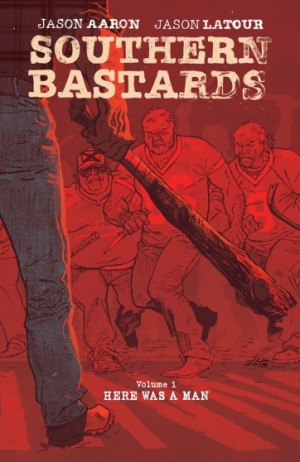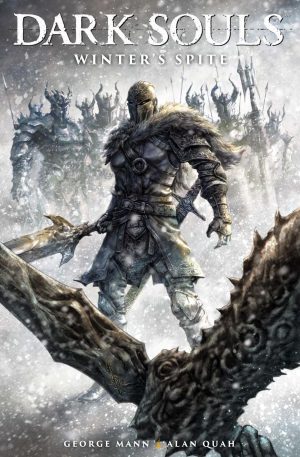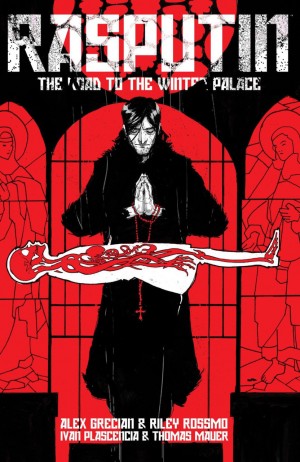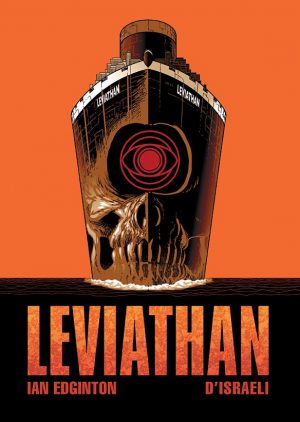Review by Ian Keogh
In The Fall we were introduced to the activities of Nikolaï Orlov in pre-revolutionary Russia as he followed his Assassin’s training and sought an object of great value, and to his 20th century American descendent Daniel Cross. Daniel went on quite the journey of restoration from recovering drug addict to seeker of the truth, but in keeping with the spirit of the Assassin’s Creed game writers Cameron Stewart and Karl Kerschl had a nasty twist in store for him. As The Chain opens neither he nor Nikolaï are in a great place, and life gets no better. It’s what we’d expect.
Stewart and Kershl again concoct an intriguing plot, but it’s far more heavily weighted to an exploration of family history over a considerable period. As Daniel recovers from his trauma in the present we learn of the cruelties Nikolaï thought necessary to ensure his son’s future protection, and how that shaped the person Kenya became. It’s a dark story of betrayal and ideology, the bigger picture showing neither the Assassins nor the Knights Templar consider individuals to be valued if they’re road blocks. As Stewart and Kerschl also provide the art, their plot works toward memorable images, the snow once again providing a beautiful backdrop for dark deeds, and they really put the effort into decorative locations elsewhere.
As a sequel, The Chain is as effective in defying expectations as The Fall, the progression of both lead characters tragic, although in markedly different ways. After the story finishes the collection features a few pages of articles giving the historical background and character designs. Both books are combined in hardcover as Assassin’s Creed: The Fall and The Chainl, and while not a direct sequel, Stewart and Kerschl are the art team on Assassin’s Creed: Brahman.
